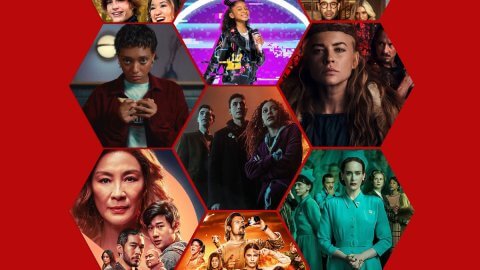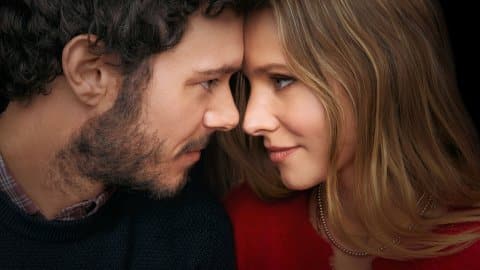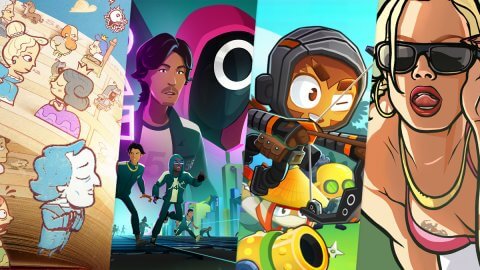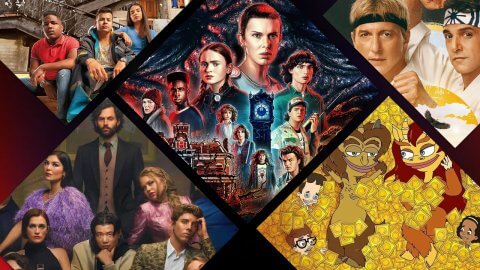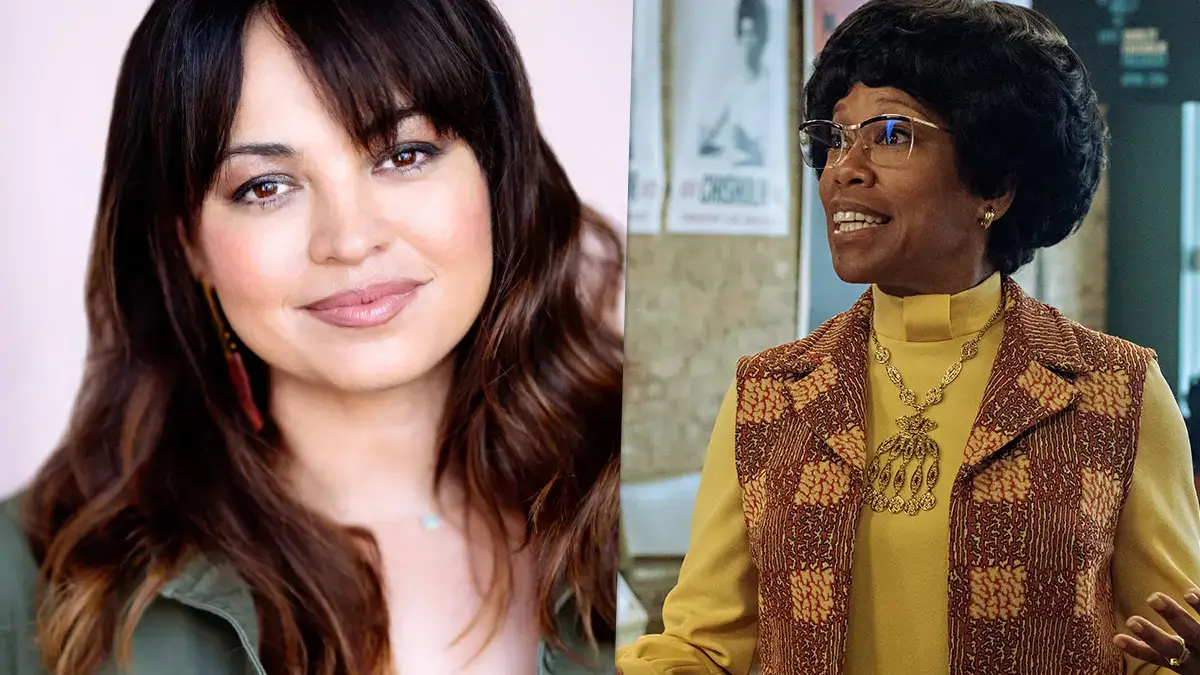
Picture: Impact24 / Netflix
It takes an army to bring a movie from page to screen, and one of the most prominent people working behind the scenes is the editor, who is in charge of shooting with additional cameras, modifying scenes, or doing cuts in the final edit. For Shirley, JoAnne Yarrow was in charge and brought the story of Shirley Chrisholm to life to tell her story authentically.
For those unfamiliar, Shirley is the brand new biopic starring Regina King. She plays Shirley Chisholm, the United States’ first-ever Black woman elected to Congress, as she makes a trailblazing run for the 1972 Democratic presidential nomination.
Below, you can see our questions to Yarrow, who has well over a dozen TV and movie credits to her name. Those credits include the recently released Sony Pictures Classics movie The Persian Version. On the TV side, Yarrow has some prestigious TV series to her name, including Hulu’s Only Muders in the Building, Apple TV’s Five Days at Memorial, and Netflix’s Grand Army. Yarrow is also signed up to be working on Netflix’s upcoming medical drama series, Pulse.
Kasey: Hi Joanne, thanks for taking time to talk to us – can you talk about how you came attached to Shirley – when did you board the project and give us an overview of your day-to-day on the title?
Thanks, Kasey. I’ve worked with director John Ridley for over ten years now. I started informally a few months before production began to help sort out archival footage. John prefers to shoot practically to avoid monitor comps and green screens if possible. This allows the actors to interact with the elements more naturally.
In the early stages, I’m just trying to get through dailies and cut the footage as it comes in. The shape of the full movie comes together a little later. As we approached the final days of shooting, I would send the director the full cut with cards for any missing scenes. This allowed us to constantly evaluate the film on a macro level. As we got deeper into the cut, we called upon archival to help fill in the gaps. A typical day would be working through the cut, addressing any notes, and communicating with my assistant on tracking VFX or finding more archival. Post goes through many stages, beginning with a little prep, then the assembly, refining, and finally, adding additional elements like sound, music, VFX, and working with their respective departments.
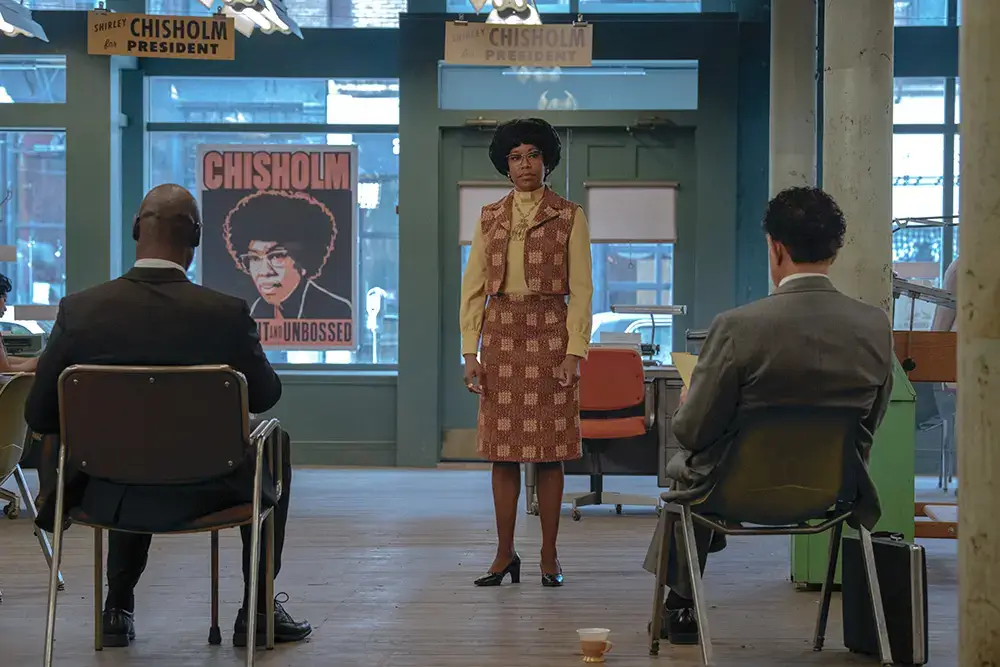
SHIRLEY. (L to R) Lance Reddick as Wesley McDonald “Mac” Holder, Regina King as Shirley Chisholm and Brian Stokes Mitchell as Stanley Townsend in Shirley. Cr. Glen Wilson/Netflix © 2023.
Kasey: Being an editor seems like one of the most important behind-the-scenes tasks but perhaps one of the most underappreciated. What should the average viewer look out for when it comes to the importance of editing? How quickly does an editor become involved in a project? My assumption was it was always right at the end!
An editor will typically start at the same time principal photography begins. That way, we have eyes on everything early on and can alert the director if a pivot needs to be made or an additional piece is needed to tell the story. It’s easy to conceptualize the role of a costume designer or cinematographer. But editing encompasses so many different elements. They call editing an “invisible art.” But the edit point is just one aspect of the job. It’s the foundation of what the film will ultimately feel like. Will it make us laugh? Will we be bored or engaged? Is the story clear and makes sense, or are we confused? Is it talking down to us, and are we two steps ahead of it? Or is it moving us toward something we want more of? Those are general questions, but an editor also influences sound, music, and VFX. Each one of those departments has the power to make or break a film. So, it’s an expansive vantage point to stand at in the filmmaking process. Editors get to have a say in the smallest measurement – a single frame- but also in how the film will feel as a whole.
Kasey: How familiar were you with Shirley’s story before getting involved in the project?
Honestly, not much. Maybe I had heard her name, but I didn’t know much about her. One of my biggest joys in this film was discovering Shirley in a meaningful way. She honestly served as my inspiration outside of the movie as well. I appreciate her spirit and unwavering belief in herself. It’s so admirable. She has so many good quotes, but my favorite one is, “We must reject not only the stereotypes others have of us but also those that we have of ourselves.” It’s powerful as a Latina editor in Hollywood to be reminded that I deserve to be here just as much as anyone else.
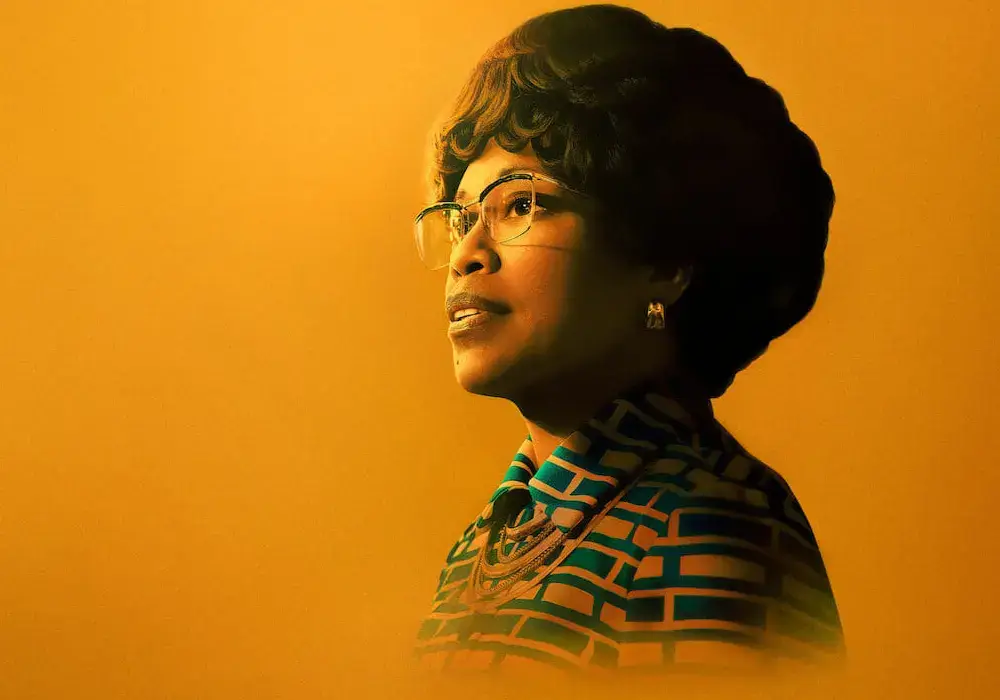
Picture: Netflix
Kasey: Looking at your background, I see you’ve been primarily working for TV. How does editing a film differ from TV? Does it change the way you have to pace scenes?
The most significant difference for me is that in film, you only get one shot to do it right. In TV editors often cut multiple episodes so you have more opportunties to build something great. There’s far more scrutiny in film. In terms of my own approach, I am always of service to the story. So the story will inform me more than anything else. It’s just in film you’re telling the whole story and tv you’re telling a piece.
Kasey: I’d be remiss not to talk about your upcoming project with Netflix – Pulse – can you talk about your role in the upcoming title and what you know about it? Any teases on how you’re going to tackle your role?
I’ll be cutting the pilot, which I’m very excited about. All I can say is that the scripts are page-turners. And as the name suggests, it will have energy and urgency with characters you will become deeply invested in.
With thanks to JoAnne Yarrow for taking the time to talk to us!
Shirley is now streaming on Netflix globally.

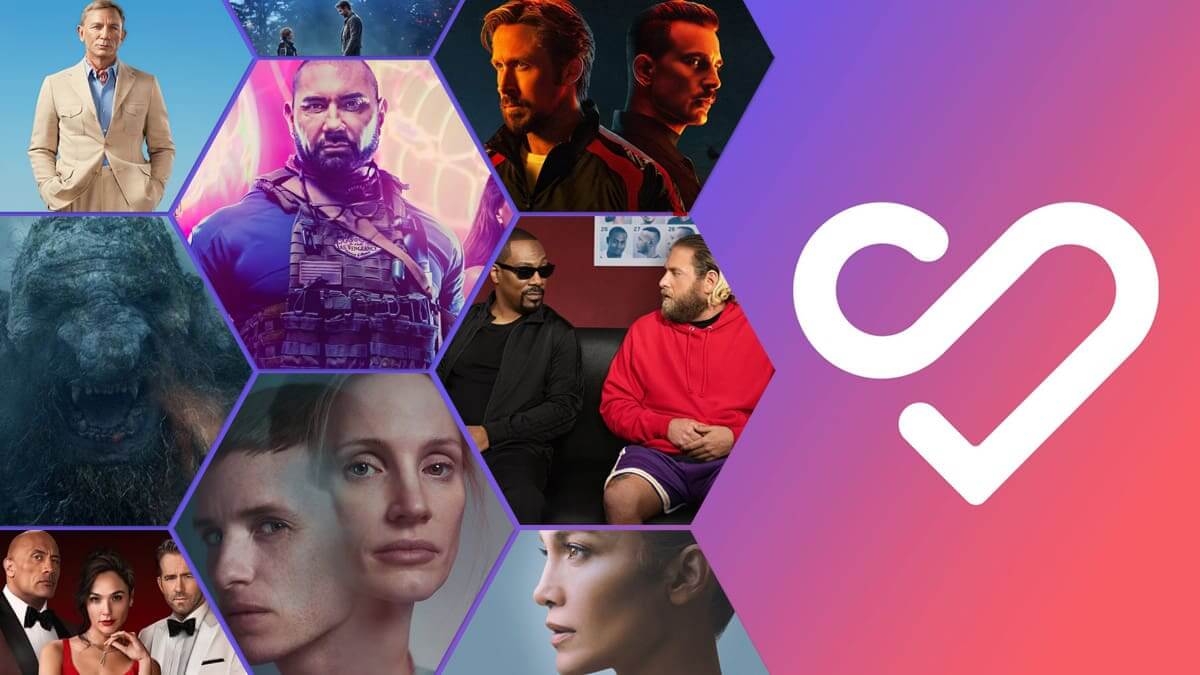
 Rating: PG-13
Rating: PG-13